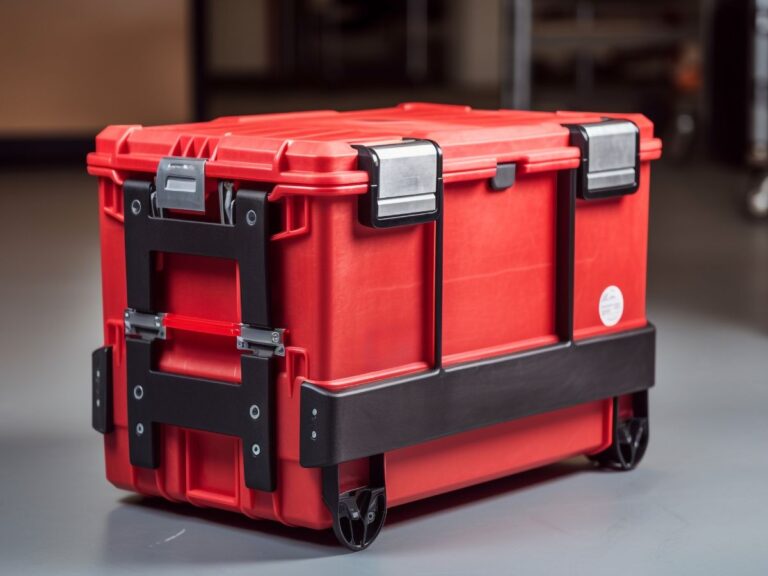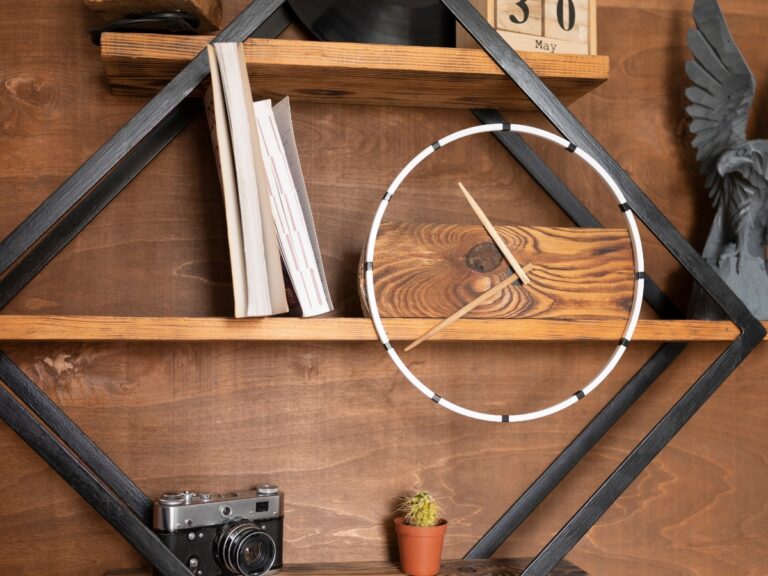Planers and jointers are some of the essential tools you need in your workhouse when working with lumber. These are serious investments, and it is important to have top of the line models to create good work out of wood. If you are already a woodwork enthusiast, you probably know how much work can be done with them. Also, you get an idea about how versatile these machines can be.
However, if you are just starting out, are not sure what to do, or just want to increase your knowledge, we have got you covered! After reading through this article, you will be able to understand the main difference between planer and jointer. Also, you will get to learn about their utility and how to get the very best out of both.
What are these tools?
It is quite common to get mixed up between these woodworking tools, especially if you are a beginner. Even though their usage and purpose are similar, there are some significant points of difference between planer and jointer. Here is a clearer explanation for each of them!
Planers are machines used to make a thick board of wood thinner. These machines are also commonly called thicknessers. Jointers, on the other hand, give the raw and rough piece of lumber a smooth and flat surface to make it easier to work with.
How do these tools work?
Planar works to shave off slices of the top of the board of wood to make it thinner. At the same time, the thicknesser will also make the other rough side parallel and smooth. It is, however, necessary to have one side flat on the wood board to operate the planer on it.
On the other hand, a jointer works like a motorized hand plane that is facing upside down. It gives only one side perfectly flat with a perfectly square edge. Also, it can be used to correct problems such as bow and warp as well.
Its blades, you will find, mostly run clockwise. Using a jointer requires a well-trained eye to notice the natural cup and grain direction of the lumbar you are using. This helps in determining which side will be jointed first, and in which way it will run along with the jointer table. It functions as a hand plane. However, the only difference is that the wood is moved across it rather than the other way round.
Video Credit – ToolMetrix
Perfect tools for beginners
These machines are not required by those who have mastered the beautiful and difficult art of hand milling. People just beginning working with wood often find themselves questioning which one to purchase, as buying both machines can sum up to a hefty price.
They provide some of the best ways to get properly milled lumber which leads to quality woodwork. The difference between planer and jointer is not very much for a beginner, but it is important to get an insight into it. It remains the fact that most woodworkers can agree upon, however, that planers give better usage for the money.
Flattening of the sides
Another main difference between planer and jointer, for instance, is that the former helps make both sides of the lumbar parallel. Hence, it is a better tool to work with. Although it is possible to do both sides of the wood with just a jointer, the two obtained flat sides would not be parallel to one another. It is very likely that you will end up with one end of the board thicker than the other, which will need a lot of correction to be able to work with it.
To conclude
It is essential to remember that these power tools achieve the same means as simple hand tools. However, they make use of a motor to make the job simpler and quicker. Despite the difference between planer and jointer, they are both used for the same purpose. That is, to refine raw lumber wood. With enough experience and practice, it is easy to master them both. With time, these tools will make you the expert woodworker!




